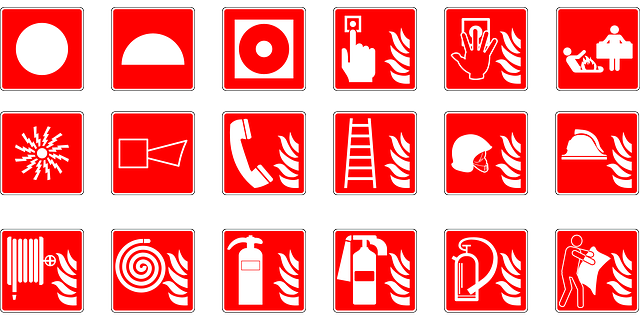Flashlights are critical for emergency preparedness, serving as essential tools in the event of power outages or natural disasters like Hurricane Ian and earthquakes. A high-quality flashlight for emergencies should be durable, bright, and efficient with long battery life. It should also offer various light settings to conserve energy and potentially signal for help in distress situations. Including such a flashlight in your disaster kit, along with spare batteries and other essential supplies like first aid kits and water, is crucial for ensuring safety and effective response when every moment counts. Maintaining these flashlights by storing them in cool, dry places and checking their condition regularly will guarantee they are ready to provide the necessary illumination when disaster strikes.
When disaster strikes, reliability and clarity are paramount. Flashlights for emergency preparedness stand as sentinels of sight in the darkness that can follow unexpected events. This article illuminates their pivotal role, from essential features to strategic deployment, ensuring your flashlight is a beacon when you need it most. We’ll guide you through selecting the right type, managing battery life effectively, and maintaining your light source for optimal performance. With real-life scenarios highlighting their indispensability, and a comprehensive checklist for assembling a disaster preparedness kit that includes top-tier flashlights, prepare to shed light on the path ahead in times of crisis.
- Understanding the Importance of Flashlights in Disaster Situations
- Key Features to Look for in Emergency Flashlights
- Types of Emergency Flashlights and Their Uses
- Battery Considerations for Sustainable Lighting Solutions
- Flashlight Strategies for Effective Emergency Preparedness
- Best Practices for Storing and Maintaining Your Emergency Flashlight
- Real-Life Scenarios Where Emergency Flashlights Prove Indispensable
- Checklist: Assembling the Ultimate Disaster Preparedness Kit with Flashlights
Understanding the Importance of Flashlights in Disaster Situations

When disaster strikes, be it a natural calamity like an earthquake or a man-made emergency such as a power outage, reliable lighting becomes a critical asset for survival and safety. Flashlights for emergency preparedness are indispensable tools in these scenarios, offering a portable and durable source of illumination. Unlike candles or open flames, flashlights provide directed light that can safely navigate through darkened environments, minimizing the risk of fires or accidents. Their compact nature allows individuals to carry them easily, ensuring they have immediate access to light when needed. In the event of an emergency, power outages are common, and flashlights for emergency preparedness serve as a practical alternative to failed electrical systems. They are essential for tasks such as evacuating buildings, searching for survivors, or maintaining critical operations, often when every second counts. Moreover, modern flashlights come with features like high-intensity LEDs that can last for hours on end, and some even have multiple settings including strobe modes which can be used for signaling or disorienting potential threats. For those who prioritize emergency preparedness, investing in high-quality flashlights is a wise choice to enhance safety and improve response during chaotic times. It’s not just about having a flashlight; it’s about having a dependable one that can withstand the rigors of disaster conditions and provide reliable illumination when traditional power sources are unavailable.
Key Features to Look for in Emergency Flashlights

When preparing for emergencies, having a reliable flashlight is not just a convenience but a necessity. Flashlights for emergency preparedness should be robust and dependable, as they may be your sole source of light during power outages or natural disasters. Key features to consider include high-intensity output, as bright light can help you navigate through dark environments and signal for help if necessary. Look for flashlights with adjustable brightness settings to conserve battery life when full illumination isn’t required. Durability is another critical aspect; the best emergency flashlights are made from high-quality materials like aircraft-grade aluminum, which can withstand harsh conditions and resistant to impact without breaking easily. Additionally, a flashlight designed for emergencies should be compact and portable, allowing you to keep it within reach at all times, whether in your vehicle, home, or on your person. It’s also beneficial to select a model that offers multiple light modes, such as strobe or SOS signals, which can be vital in signaling for rescue or deterring wildlife encounters. Lastly, consider flashlights with built-in batteries and USB rechargeability to ensure they are ready when you need them most. These features make the flashlight not just a tool but an integral part of your emergency preparedness kit.
Types of Emergency Flashlights and Their Uses
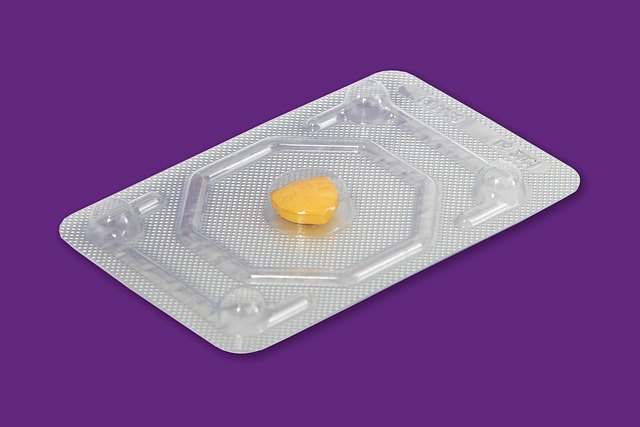
In the realm of emergency preparedness, flashlights for disaster situations serve as indispensable tools for ensuring safety and navigability in the event of power outages or natural disasters. These emergence flashlights come in various types, each tailored to meet specific needs during crises. Traditional battery-powered flashlights remain a staple, providing reliable illumination with an easy-to-replace power source. They are compact and durable, making them ideal for keeping in vehicles or at home for quick access when needed. High-intensity LED models offer a more efficient and longer-lasting light source, which is crucial for situations where the emergency could prolong use over several days. These LED flashlights often include multiple modes, such as SOS signals, strobe, or focused beams, which can enhance visibility and aid in signaling for help if trapped or lost.
For those who prioritize portability and battery longevity, rechargeable flashlights are a viable option. They are equipped with lithium-ion batteries that can provide continuous light over extended periods without the need to replace them. Additionally, rechargeable models may come with solar charging capabilities, which can be particularly beneficial in situations where power is scarce or resources are limited. Some high-end emergency flashlights incorporate advanced features such as dynamic lighting modes, adjustable brightness settings, and even built-in radios or USB charging ports for multiple uses during an extended outage or disaster scenario. These sophisticated models offer versatility and convenience, ensuring users are well-prepared for a wide array of unpredictable situations. Regardless of the type chosen, flashlights for emergency preparedness are critical in enhancing safety, visibility, and overall readiness for unexpected events.
Battery Considerations for Sustainable Lighting Solutions
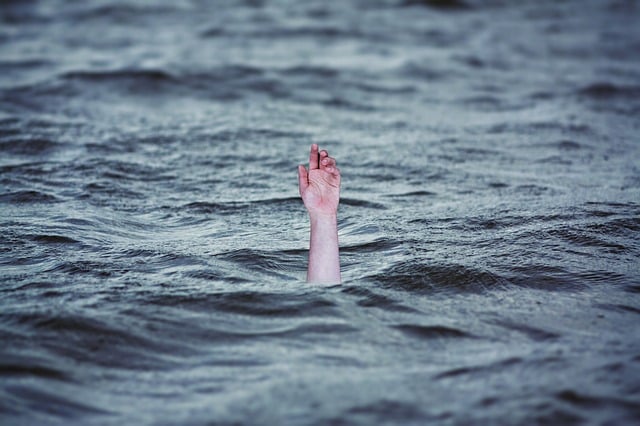
When disaster strikes, reliability and efficiency in lighting are paramount for safety and navigation. Sustainable lighting solutions, particularly flashlights designed for emergency preparedness, must prioritize battery performance to ensure they operate when needed most. Selecting the right battery type for a flashlight is crucial as it can significantly influence the light’s longevity and brightness. High-quality alkaline batteries or rechargeable lithium-ion cells are often recommended due to their long shelf life and consistent output. For those opting for rechargeables, considering the number of charge cycles a battery can withstand is essential. This aspect ensures that the flashlight remains dependable across multiple emergencies without frequent replacements or diminished performance.
Furthermore, the design of the flashlight should facilitate easy battery replacement to avoid situations where power is critical and the device cannot be utilized due to dead batteries. Aesthetically designed battery compartments that are both weather-resistant and user-friendly contribute to the overall dependability of the flashlight in harsh conditions. Users should also consider the flashlight’s power output and run time, which are direct reflections of the battery’s capacity. Higher lumen outputs for signaling or long run times for extended use can be achieved with larger batteries or those with higher energy densities. In any case, it is the combination of a robust, user-friendly design and a reliable power source that makes flashlights for emergency preparedness indispensable tools in disaster situations.
Flashlight Strategies for Effective Emergency Preparedness
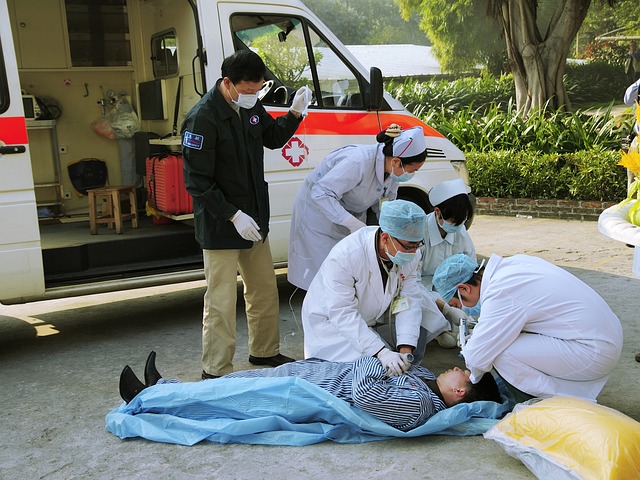
When disaster strikes, the reliability of flashlights for emergency preparedness becomes paramount. In situations where power grids fail or visibility is critical for safety and navigation, a durable and dependable flashlight is not just a tool but a lifeline. Effective emergency preparedness strategies often hinge on the foresight to include quality flashlights in one’s disaster kit. These devices should be compact, easy to operate with one hand, and feature a long-lasting power source, such as rechargeable batteries or high-quality disposables. It’s crucial to ensure that your flashlight has multiple brightness settings; this allows for energy conservation during extended outages while providing enough luminosity to illuminate dark environments effectively when needed. Additionally, consider flashlights with specialized functions like strobe settings, which can disorient potential threats, or SOS signals, aiding in distress communication.
In preparing for emergencies, it’s equally important to have flashlights strategically placed throughout your home or office. This ensures that they are accessible and ready for use at a moment’s notice. Regularly test your flashlights to verify they are functioning correctly, and keep spares, along with fresh batteries, on hand. Furthermore, training family members or employees on how to use the flashlights and where to find them can significantly enhance response times and effectiveness during unexpected events. By integrating flashlights for emergency preparedness into your overall plan, you fortify your ability to navigate through darkness, both literally and figuratively, when every second counts and visibility is critical.
Best Practices for Storing and Maintaining Your Emergency Flashlight
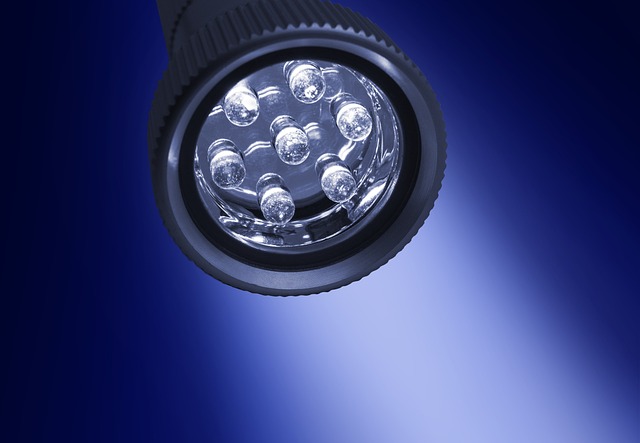
When preparing for emergencies, flashlights for emergency preparedness are invaluable tools that can illuminate your way through unexpected power outages or natural disasters. To ensure your flashlight is reliable when needed, proper storage and maintenance are key. Flashlights should be stored in a cool, dry place to prevent corrosion on the casing and batteries. Regularly inspect your flashlight for any signs of wear or damage to the exterior, which could affect its performance. Make sure the O-rings and seals are intact as well, as these components help keep moisture and dirt out, ensuring a waterproof seal if needed.
For maintenance, keep spare batteries on hand, as they have a limited shelf life. Always use the type and brand of battery specified by the flashlight manufacturer to optimize performance and prevent damage. Practice using your flashlight in advance so you’re familiar with its functions and settings. Regularly replace the batteries according to the manufacturer’s recommendations or if the light appears dimmer than usual, as a weak beam can hinder your ability to navigate or signal for help during an emergency. Additionally, consider storing your flashlights in their carrying cases or in a plastic bag to protect them from dust and debris when not in use. By following these best practices for storing and maintaining your emergency flashlight, you’ll have a dependable source of light ready to aid you in any critical situation.
Real-Life Scenarios Where Emergency Flashlights Prove Indispensable
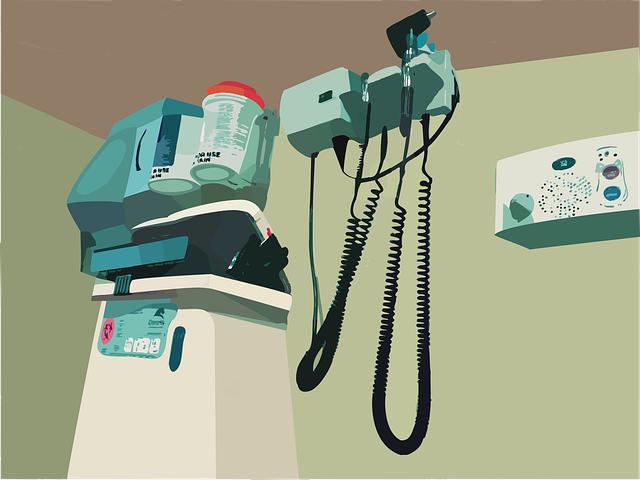
During unforeseen emergencies, such as power outages due to natural disasters like hurricanes or earthquakes, flashlights for emergency preparedness become indispensable tools. In the aftermath of Hurricane Ian in Florida, for instance, residents found themselves navigating darkened streets and unlit homes. In these scenarios, reliable emergency flashlights were not just helpful but crucial for ensuring safety as people checked on neighbors, searched through debris, or worked to secure their properties. Similarly, during the devastating earthquakes that have struck regions like Christchurch in New Zealand, the immediate need for illumination was paramount. Emergency flashlights allowed first responders and survivors alike to move carefully through potentially hazardous environments, avoiding further injury from unseen obstacles. These situations underscore the importance of having flashlights specifically designed for emergency preparedness as part of one’s disaster kit. Their durability, bright light output, and long-lasting battery life are features that can make a significant difference when every second counts and visibility is critical for survival and response efforts.
Checklist: Assembling the Ultimate Disaster Preparedness Kit with Flashlights
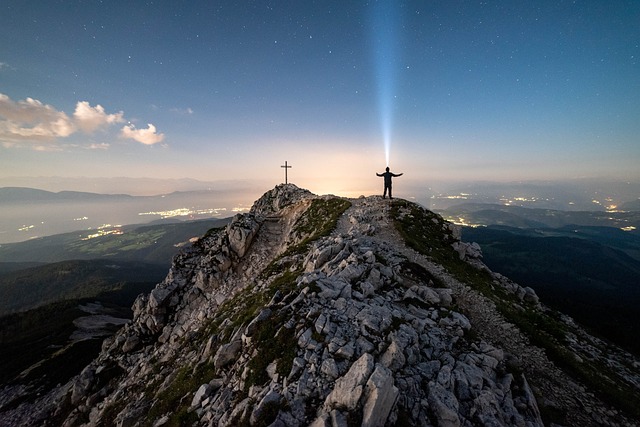
When disaster strikes, the ability to see can be as crucial as any other resource at your disposal. Flashlights for emergency preparedness are indispensable tools in such situations, providing essential illumination when power outages or blackouts occur. Assembling a disaster preparedness kit should include a high-quality flashlight, preferably one that operates on multiple power sources, such as batteries or rechargeable power packs. The best flashlights for emergency use are those with durable construction, long battery life, and a reliable design. They should be compact enough to carry easily but powerful enough to light up an area effectively. Additionally, consider including a flashlight with multiple settings, including high, medium, and low intensities, as well as an emergency strobe or SOS signal feature. This versatility can extend battery life and serve as a signaling device if you need to attract attention in a critical situation.
In the event of a disaster, having a dependable flashlight is not just a convenience; it’s a safety measure. Your preparedness kit should also include extra batteries, as they can quickly become essential. A comprehensive checklist for your disaster preparedness kit should prioritize flashlights for emergency situations, ensuring that they are included alongside other critical items like first aid kits, water, non-perishable food, and important documents. By including a top-notch flashlight in your kit, you’re enhancing your ability to navigate the dark, perform necessary tasks, or signal for help, all of which can be lifesaving during an emergency.
In conclusion, flashlights for emergency preparedness are indispensable tools for ensuring safety and navigating through adversity. This article has outlined the critical aspects of selecting and maintaining an effective emergency flashlight, from its key features to battery considerations, and provided real-life scenarios where they have proven crucial. By following the best practices for storing and maintaining your flashlights and integrating them into a comprehensive disaster preparedness kit, you can be better prepared for when unexpected events occur. Remember, the reliability of a flashlight during a crisis is not just about brightness—it’s about having a dependable light source that can guide you through darkness, potentially saving lives. Thus, investing in high-quality flashlights for emergency preparedness should be a priority for everyone.
